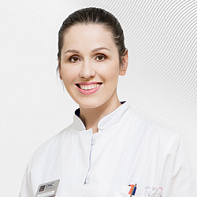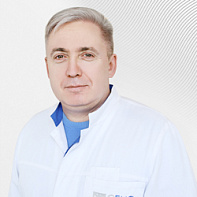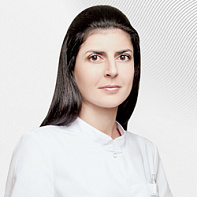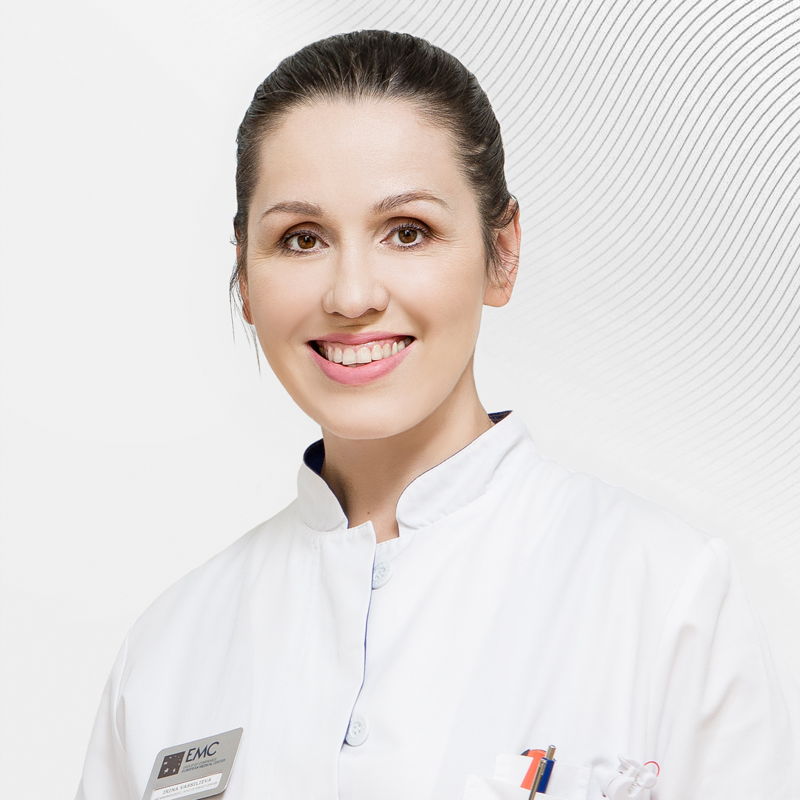New breast cancer treatment technologies: oncoplasty
Despite the fact that breast cancer remains the most common cancer in women in most developed countries, today this diagnosis no longer sounds like a terrible verdict. Modern technologies make it possible to successfully treat the disease at an early stage and maintain the quality of life even with common forms of cancer.
Fgm, which forever changes the appearance of a woman, is becoming a thing of the past. Thanks to the development of diagnostics, medicinal and radiological
organ-preserving surgeries are increasingly being performed for treatment methods. If a radical mastectomy (removal of the entire breast) is necessary, it is possible to simultaneously reconstruct the breast, choosing the size and shape at the request of the patient.
The oncoplastic approach, combining the capabilities of modern oncology and plastic surgery, which has become widespread in Europe and the United States, is now actively used in leading cancer centers in Russia.
What has changed in breast cancer surgery in recent years?
Ten to fifteen years ago, there were only two types of surgery in our country for is a mastectomy, when the mammary gland was completely removed, and an organ–preserving operation, the so-called radical resection, was performed in large clinics in the country.
In isolated cases, breast reconstruction using abdominal muscles was performed in leading cancer centers in Moscow. This was a traumatic major operation that lasted 6-8 hours and was difficult for patients to endure.
Today, thanks to the merger of the latest methods of plastic surgery with cancer treatment methods, we can simultaneously radically remove the tumor and in many cases recreate the shape of the gland, which in some cases looks even more aesthetically pleasing than before the operation.
If we talk, for example, about mastectomy, today several types of this operation are performed: subcutaneous mastectomy, skin-preserving mastectomy, mastectomy with preservation of the nipple-alveolar complex, which necessarily involve reconstruction.
When using organ-preserving techniques, not only the tumor is removed, but also remodeling - recreating the shape, size, and position of the breast.
How common are oncoplastic surgeries abroad?
The oncoplastic approach has been used worldwide for about 10-15 years.It was first described by Austrian scientists. In Russia, oncoplastic operations have been actively performed since 2008-2009 in leading cancer centers.
Worldwide, the proportion of oncoplastic operations is about 60-70%. When performing a mastectomy in the largest clinics, in 80% of cases, a one-stage reconstruction is performed.
What materials are used for reconstruction?
Reconstruction can be performed using ectogenic materials such as silicone implants and expanders, or using proprietary tissues from the back, abdomen, or buttocks. Sometimes a combined method is used – own tissues and an implant.
The possibilities for reconstruction are enormous today. For example, we can use a combination of silicone implants with mesh implants or acellular dermal matrices. This simplifies the procedure and reduces the operation time.If a standard operation lasts an hour and a half, then it can take two hours along with the reconstruction. On the second or third day, the patient already goes home.
What determines the choice of reconstruction method?
There are certain international standards that a surgeon relies on when choosing a reconstruction method. The localization, the size of the tumor, the ratio of the size of the tumor to the breast, and, of course, the desire of the patient herself are taken into account.In our practice, we mainly adhere to the use of expanders and endoprostheses as the safest and most gentle technique.
Does it happen that a woman refuses a one-step reconstruction because of the fear of a recurrence of the disease?
Unfortunately, women in our country are not informed and are afraid of breast cancer surgery in general, and even more so reconstruction surgery. Although studies have repeatedly confirmed the safety and effectiveness of the oncoplastic approach. Women should understand that breast reconstruction does not worsen the underlying disease, on the contrary, it has a positive effect on the patient's psychoemotional state, improves tone, allows for faster rehabilitation and a return to normal life.
How is oncological safety of operations ensured?
First, the tumor must be completely removed within healthy tissues. The lymph nodes are also removed, and in some cases, a biopsy of the signaling lymph node is performed, which allows us to judge the spread of the tumor. If we are talking about organ preservation, an intraoperative morphological examination is always performed - the edges of the resection must be 100% clean, free of tumors – this is what we call oncological safety.
It is important to note that reconstructive surgeries and oncoplastic resections are not an obstacle to subsequent chemotherapy, hormone therapy, or radiation therapy.
Are there age restrictions for breast reconstruction?
The oldest patient we operated on, a 78-year-old woman, underwent reconstruction on her own.Age does not matter, the patient's desire and the possibilities that we can apply in each specific case are important.
Get help
Specify your contacts and we will contact you to clarify the details.
Doctors

Irina Vasilieva
Head of the Mammology Clinic
-

Tatyana Dzhabarova
-
.jpg)
Dudinec Alla
-

Koloskov Andrey
-

Gorodnova Marina
-

Iskra Daskalova
-
Irina Vasilieva
Head of the Mammology Clinic
- Multimodal specialist in the diagnosis of breast diseases and minimally invasive interventions in mammology
- He is engaged in scientific and clinical work, has extensive experience in minimally invasive breast diagnostics, knows all methods of breast biopsy under stereotactic, ultrasound and MRI control, performs vacuum removal of breast formations
- Member of the European Society of Radiology (ESR)
Total experience
34 years
Experience in EMC
since 1998




